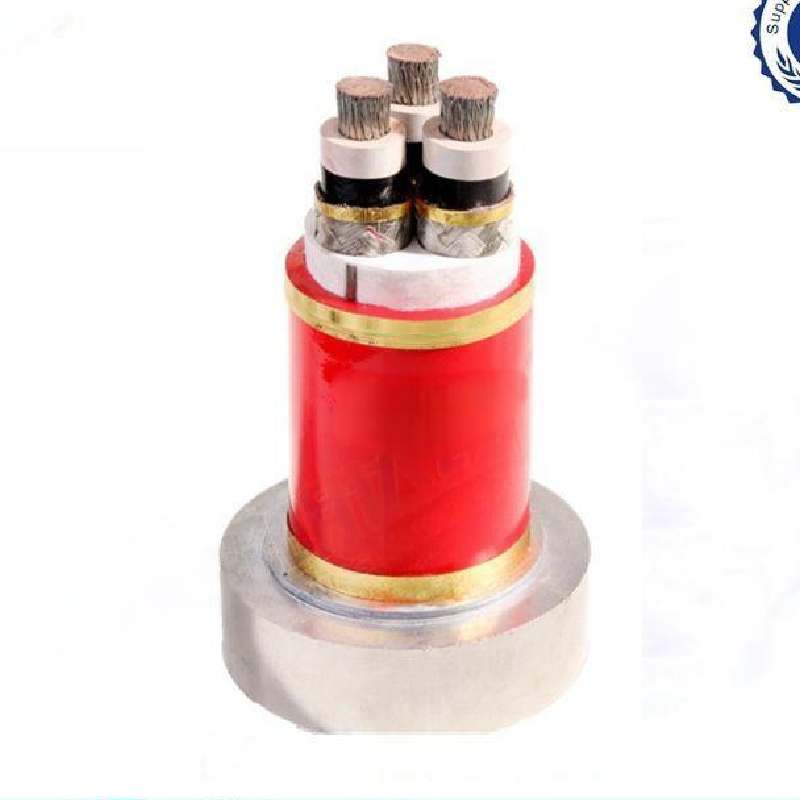10 月 . 30, 2024 13:00 Back to list
double plate check valve
Understanding Double Plate Check Valves Functionality and Applications
In various engineering applications, the need for reliable flow control and prevention of backflow is crucial. A double plate check valve is one such device that effectively serves this purpose. It is commonly used in piping systems, particularly in water and wastewater treatment plants, HVAC systems, and industrial processes. This article will delve into the principles of operation, design features, and the various applications of double plate check valves.
What is a Double Plate Check Valve?
A double plate check valve, also known as a dual plate check valve, is a type of valve that allows fluid to flow in one direction while preventing backflow. Unlike traditional swing check valves, which utilize a single disc, double plate check valves consist of two plates or discs that pivot around a central hinge. This design allows for faster response times and can handle higher flow rates, making them ideal for applications where efficiency is paramount.
Working Principle
The working principle of a double plate check valve is relatively straightforward. When fluid flows in the intended direction, the pressure forces the discs to open, allowing the flow to pass through. If the fluid begins to flow backward, the pressure drop causes the discs to close tightly against their seats, creating a seal that prevents backflow. This feature is crucial in maintaining the integrity of the system and protecting downstream equipment from potential damage due to reverse flow.
Design Features
Double plate check valves are designed with several key features that enhance their functionality
1. Compact Design Due to their double plate mechanism, these valves are typically more compact than traditional check valves, making them suitable for installations with limited space.
double plate check valve

3. Low Pressure Drop One of the significant advantages of double plate check valves is their low pressure drop, which minimizes energy loss in the system.
4. Versatile Installation These valves can be installed in horizontal or vertical positions, providing flexibility in various engineering layouts.
Applications
Double plate check valves find application in a wide range of industries. Here are some notable examples
- Water and Wastewater Treatment In treatment plants, these valves are crucial for protecting pumps and other equipment from backflow that could contaminate fresh water supplies.
- HVAC Systems In heating, ventilation, and air conditioning systems, they help in preventing fluid backflow, ensuring optimal operation and efficiency.
- Industrial Processes They are used in manufacturing processes where fluid dynamics are critical, such as in chemical processing and oil and gas industries.
- Fire Protection Systems In fire suppression systems, double plate check valves ensure that water flows in only one direction, providing reliable protection during emergencies.
Conclusion
In summary, double plate check valves are essential components in many fluid control systems. Their unique design, which includes dual plates, allows for efficient operation while effectively preventing backflow. With applications spanning various industries—from water treatment to industrial processes—the importance of these valves cannot be understated. Understanding their functionality and benefits can lead to more efficient and reliable fluid handling systems, ultimately enhancing operational efficiency and safety.
Share
-
Understanding the Differences Between Wafer Type Butterfly Valve and Lugged Butterfly ValveNewsOct.25,2024
-
The Efficiency of Wafer Type Butterfly Valve and Lugged Butterfly ValveNewsOct.25,2024
-
The Ultimate Guide to Industrial Swing Check Valve: Performance, Installation, and MaintenanceNewsOct.25,2024
-
Superior Performance with Industrial Swing Check Valve: The Essential Valve for Any SystemNewsOct.25,2024
-
Industrial Swing Check Valve: The Ideal Solution for Flow ControlNewsOct.25,2024
-
You Need to Know About Industrial Swing Check Valve: Functionality, Scope, and PerformanceNewsOct.25,2024